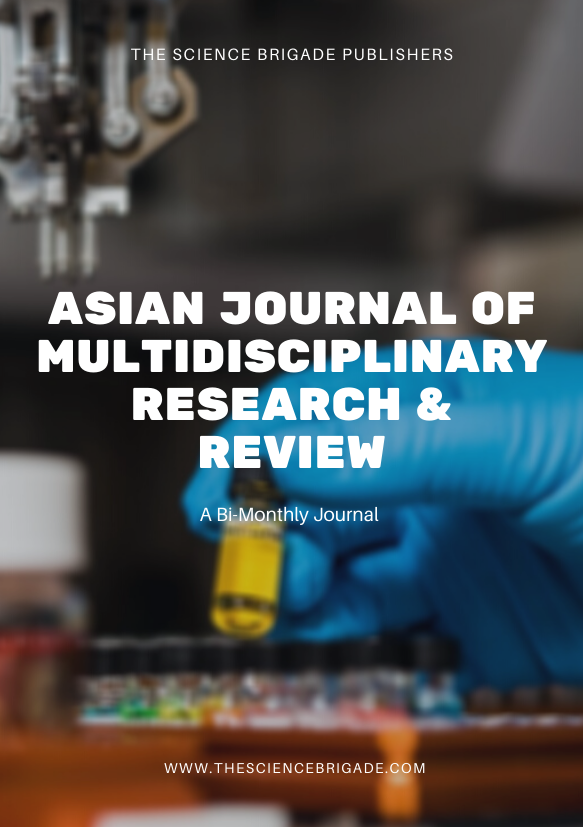Scheduled Tribes are the most vulnerable, under-privileged, marginalized and socially excluded communities in India. Their exclusion from socio-economic and political aspects is furthermore severe than other marginalized social groups like Scheduled Castes (SC) and Other Backward Classes (OBC). Many Scheduled Tribal communities have forest dependent livelihoods like collecting forest produce and hunting. The areas where Scheduled Tribes are living are rich in mineral resources which attracts the development projects such as mining, national highways, nationalization of reserved forests and construction of large-scale dams. This forced them to migrate to plain areas subjecting them to vulnerability, exploitation and social exclusion. This paper deals with the social exclusion of Gutti Koya tribal community, migrated from Chhattisgarh and settled in West Godavari District of Andhra Pradesh. The paper discusses various problems and prospects of Gutti Koya tribal community by understanding their situation through anthropological approach. In this context, it is necessary to begin with the brief introduction of Gutti Koya community to provide a general idea as a background to this paper.
Problems and Prospects of Gutti Koyas: A Case Study of Gutti Koyas of West Godavari District, Andhra Pradesh
Publication Information
Journal Title: Asian Journal of Multidisciplinary Research & Review
Author(s): Thunga Ramesh
Published On: 12/12/2022
Volume: 3
Issue: 6
First Page: 100
Last Page: 110
ISSN: 2582-8088
Publisher: The Law Brigade Publisher
Cite this Article
Thunga Ramesh, Problems and Prospects of Gutti Koyas: A Case Study of Gutti Koyas of West Godavari District, Andhra Pradesh, Volume 3 Issue 6, Asian Journal of Multidisciplinary Research & Review, 100-110, Published on 12/12/2022, Available at https://ajmrr.thelawbrigade.com/article/problems-and-prospects-of-gutti-koyas-a-case-study-of-gutti-koyas-of-west-godavari-district-andhra-pradesh/
Abstract
Share this research
Latest Publications

License Information
Copyright © [hfe_current_year]
Thunga Ramesh

Ownership and Licensing:
Authors of this research paper submitted to the Journal of Science & Technology retain the copyright of their work while granting the journal certain rights. Authors maintain ownership of the copyright and have granted the journal a right of first publication. Simultaneously, authors agreed to license their research papers under the Creative Commons Attribution-NonCommercial-ShareAlike 4.0 International (CC BY-NC-SA 4.0) License.
License Permissions:
Under the CC BY-NC-SA 4.0 License, others are permitted to share and adapt the work, as long as proper attribution is given to the authors and acknowledgement is made of the initial publication in the Journal of Science & Technology. This license allows for the broad dissemination and utilization of research papers.
Additional Distribution Arrangements:
Authors are free to enter into separate contractual arrangements for the non-exclusive distribution of the journal’s published version of the work. This may include posting the work to institutional repositories, publishing it in journals or books, or other forms of dissemination. In such cases, authors are requested to acknowledge the initial publication of the work in the Journal of Science & Technology.
Online Posting:
Authors are encouraged to share their work online, including in institutional repositories, disciplinary repositories, or on their personal websites. This permission applies both prior to and during the submission process to the Journal of Science & Technology. Online sharing enhances the visibility and accessibility of the research papers.
Responsibility and Liability:
Authors are responsible for ensuring that their research papers do not infringe upon the copyright, privacy, or other rights of any third party. The Journal of Science & Technology and The Science Brigade Publishers disclaim any liability or responsibility for any copyright infringement or violation of third-party rights in the research papers.




